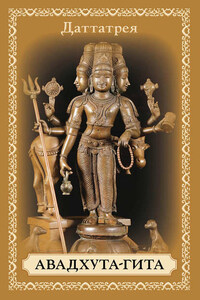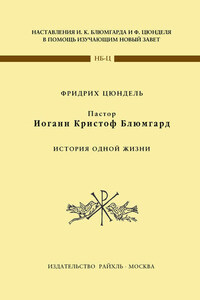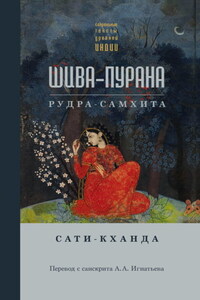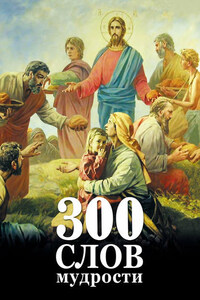It is now many years ago since I entered upon a study of the Epistles of St. John, as serious and prolonged as was consistent with the often distracting cares of an Irish Bishop. Such fruit as my labours produced enjoyed the advantage of appearing in the last volume of the Speaker's Commentary in 1881.
Since that period I have frequently turned again to these Epistles – subsequent reflection or study not seldom filling in gaps in my knowledge, or leading me to modify former interpretations. When invited last year to resume my old work, I therefore embraced willingly the opportunity which was presented to me.
Let me briefly state the method pursued in this book.
I. The First Part contains four Discourses.
(1) In the first Discourse I have tried to place the reader in the historical surroundings from which (unless all early Church history is unreal, a past that never was present) these Epistles emanated.
(2) In the second Discourse I compare the Epistle with the Gospel. This is the true point of orientation for the commentator. Call the connection between the two documents what we may; be the Epistle preface, appendix, moral and devotional commentary, or accompanying encyclical address to the Churches, which were "the nurslings of John"; that connection is constant and pervasive. Unless this principle is firmly grasped, we not only lose a defence and confirmation of the Gospel, but dissolve the whole consistency of the Epistle, and leave it floating – the thinnest cloud in the whole cloudland of mystic idealism.
(3) The third Discourse deals with the polemical element in these Epistles. Some commentators indeed, like the excellent Henry Hammond, "spy out Gnostics where there are none." They confuse us with uncouth names, and conjure up the ghosts of long-forgotten errors until we seem to hear a theological bedlam, or to see theological scarecrows. Yet Gnosticism, Doketism, Cerinthianism, certainly sprang from the teeming soil of Ephesian thought; and without a recognition of this fact, we shall never understand the Epistle. Undoubtedly, if the Apostle had addressed himself only to contemporary error, his great Epistle would have become completely obsolete for us. To subsequent ages an antiquated polemical treatise is like a fossil scorpion with a sting of stone. But a divinely taught polemic under transitory forms of error finds principles as lasting as human nature.
(4) The object of the fourth Discourse is to bring out the image of St. John's soul – the essentials of the spiritual life to be found in those precious chapters which still continue to be an element of the life of the Church.
Such a view, if at all accurate, will enable the reader to contemplate the whole of the Epistle with the sense of completeness, of remoteness, and of unity which arises from a general survey apart from particular difficulties. An ancient legend insisted that St. John exercised miraculous power in blending again into one the broken pieces of a precious stone. We may try in an humble way to bring these fragmentary particles of spiritual gem-dust together, and fuse them into one.
II. The plan pursued in the second part is this. The First Epistle (of which only I need now speak) is divided into ten sections.
The sections are thus arranged —
(1) The text is given in Greek. In this matter I make no pretence to original research; and have simply adopted Tischendorf's text, with occasional amendments from Dr. Scrivener or Prof. Westcott. At one time I might have been tempted to follow Lachmann; but experience taught me that he is "audacior quàm limatior," and I held my hand. The advantage to every studious reader of having the divine original close by him for comparison is too obvious to need a word more.
With the Greek I have placed in parallel columns the translations most useful for ordinary readers – the Latin, the English A.V. and R.V. The Latin text is that of the "Codex Amiatinus," after Tischendorf's splendid edition of 1854. In this the reader will find the Hieronymian interpretation as it stood not more than a hundred and twenty years after the death of St. Jerome, an interpretation more diligent and more accurate than that which is supplied by the ordinary Vulgate text. The saint felt "the peril of presuming to judge others where he himself would be judged by all; of changing the tongue of the old, and carrying back a world which was growing hoary to the initial essay of infancy." The Latin is of that form to which ancient Latin Church writers gave the name of "rusticitas." But it is a happy – I had almost said a divine – rusticity. In translating from the Hebrew of the Old Testament, St. Jerome has given a new life, a strange tenderness or awful cadence, to prophets and psalmists. The voice of the fields is the voice of Heaven also. The tongue of the people is for once the tongue of God. This Hebraistic Latin or Latinised Hebrew forms the strongest link in that mysterious yet most real spell wherewith the Latin of the Church enthrals the soul of the world. But to return to our immediate subject. The student can seldom go wrong by more than a hair's breadth when he has before him three such translations. In the first column stands St. Jerome's vigorous Latin. The second contains the English A.V., of which each clause seems to be guarded by the spirits of the holy dead, as well as by the love of the living Church; and to tell the innovator that he "does wrong to show it violence, being so majestical." The third column offers to view the scholarlike – if sometimes just a little pedantic and provoking – accuracy of the R.V. To this comparison of versions I attach much significance. Every translation is an additional commentary, every good translation the best of commentaries.








